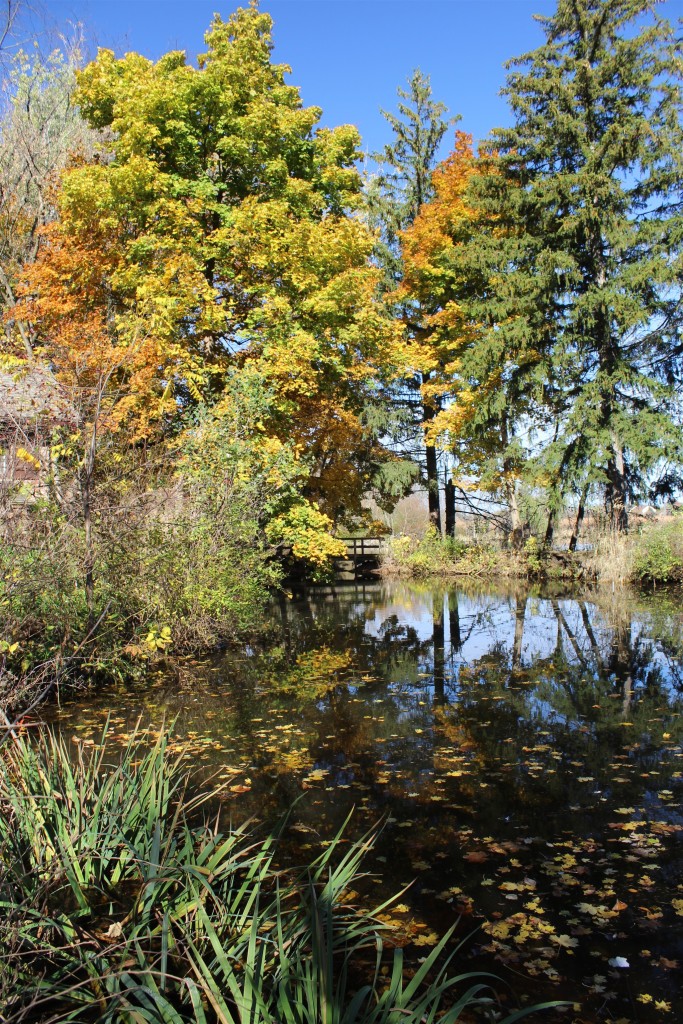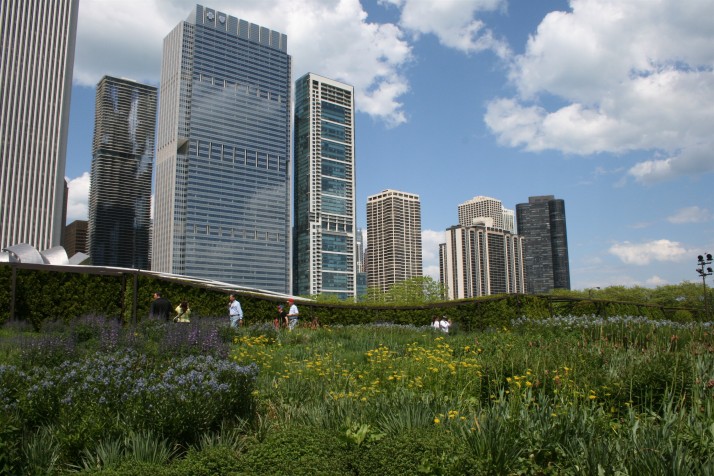What better way to celebrate the Chicago Cubs winning the World Series than a leisurely stroll around Spring Valley Nature Center on a sunny, 65 degree day in November! Yes folks, miracles do happen! After all the baseball hype and excitement of the past few days, it was nice to get away from it all yesterday and just relax, if you can call walking about for two hours relaxing. For some of us it is, especially when you’ve been sitting on the edge of your seat for what seems like a lifetime, waiting for the Cubs to finally win the big prize.



And it seemed like Mother Nature was celebrating with us, everything basking in a golden glow. Finally we could take a deep breath and enjoy life after all those years of torment.



It’s been a couple of months since I was at Spring Valley but apart from the new children’s play area that is being built near the entrance, things are pretty much the same. The farm will probably be closing for the winter soon, so I was glad to be able to make one last visit there this year. One of the horses, that had an abscess in its hoof, was being attended to by the resident veterinary technician who kindly let me stay and watch the proceedings. She did an amazing job and the horse didn’t seem the least bit bothered as she applied some gooey green stuff to the hoof.




After that, I went on to the farmhouse where I met a young lady in costume who kindly posed for me. Everyone at Volkening Farm is very friendly and helpful. I would have visited the house but unfortunately the immediate area was being patrolled by a ruthless band of chickens and as many of you will know, I have a terrible fear of birds, and chickens in particular, so I stayed well back and used the long lens, glancing around me every few seconds to make sure none of them were creeping up behind me.

Leaving the farm, I walked past the track to the arboretum and headed towards the cabin that used to be the old visitor center. A nice surprise was awaiting me on the path, two deer that stayed just long enough for me to take a couple of pictures.




Leaving the cabin, I went along the road to the pond and found several frogs making the most of the sunny day. There was a handy bench by the water’s edge so I got comfortable while a duck paddled over, thinking there might be something to eat in the offing. It soon realized there was nothing doing and steered away to the other side of the pond. A dragonfly landed nearby, blending in nicely with its surroundings.



I would have stayed longer but time was getting on so I bid goodbye to the frogs, (I’ll swear I heard one of them croak “Go Cubs!” as I left) and made my way back to the parking lot. There most likely won’t be too many more days for strolling around but, as we always used to say with the Cubs, “Wait till next year!”

























































































